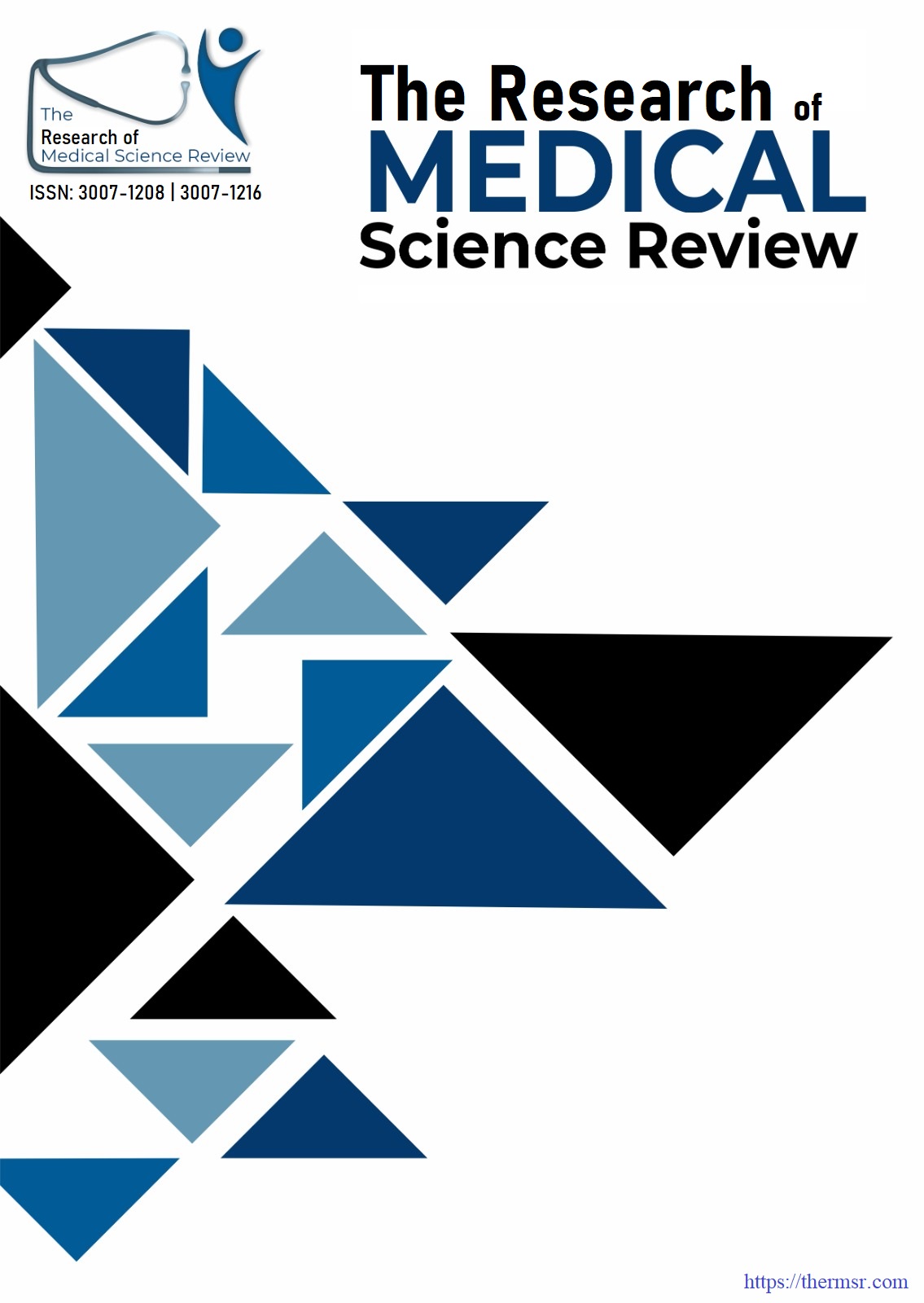INVESTIGATING SELF- MEDICATION PRACTICES FOR ORAL HEALTH PROBLEMS AMONG NON- MEDICAL STUDENTS IN PESHAWAR
Keywords:
awareness, education, oral health, self-medicationAbstract
Inappropriate self-medication can have major negative impacts on health. This study aims to investigate the prevalence of self-medication for oral health problems among non-medical students in Peshawar and explore the factors that influence with self-medication. This was a cross-sectional study conducted among non- medical students in Peshawar. Approximately 400 participants were selected through a non-probability, convenience sampling technique. Data were collected after securing ethical approval, and the obtained data were analyzed using SPSS version 25.0. The prevalence of self-medication was 71.0% with higher frequency in females (78.1%) than male (65.8%) and rural areas (75.7%) were more engage in self-medication compare to urban areas (65.2%). it was observed that analgesics and antibiotics (26.1%) was frequently used medicine. The most common symptom that led to self-medication was toothache (30.28%) and pharmacist (31.3). It was noted that gender, residency and economic status of participants was statistically associated (p = < 0.5) with self-medication. Self-medication was very common among students, and it was influenced by a number of factors, including participant knowledge and awareness, financial situation, and place of residence. Therefore, interventions that may reduce the high prevalence of self-medication and its associated factors are essential. special attention should be given to students who enrolled in the university.
Downloads
Downloads
Published
Issue
Section
License

This work is licensed under a Creative Commons Attribution-NonCommercial-NoDerivatives 4.0 International License.















